Imagine a predator so stealthy that its prey never hears it coming. In the avian world, certain birds of prey have mastered the art of silent flight, allowing them to swoop down on unsuspecting victims without a whisper. Let’s delve into eight remarkable raptors renowned for their hushed hunting techniques.
The Barn Owl: Nature’s Silent Stalker
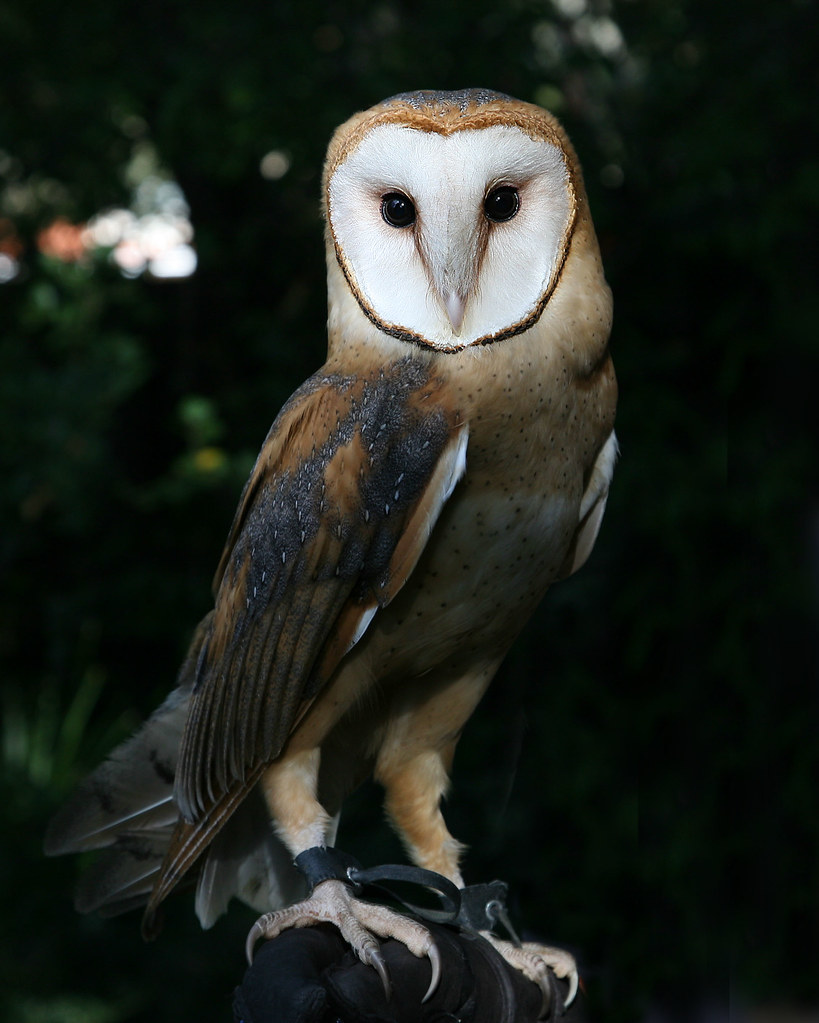
The barn owl is a master of stealth, gliding through the night with an eerie silence that belies its size. Its wings are equipped with specialized feathers that break up turbulence, allowing it to fly without making a sound. This adaptation enables the barn owl to hunt rodents and other small mammals effectively, as its prey remains unaware of its approach. Found across all continents except Antarctica, the barn owl’s silent flight is a marvel of nature’s engineering.
The Great Horned Owl: The Ghost of the Forest
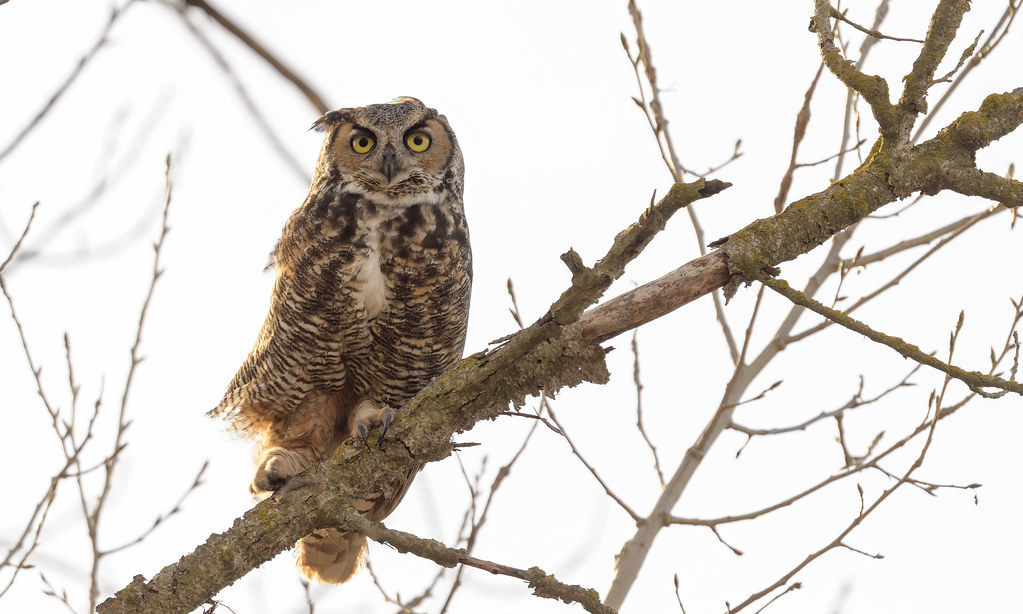
With its imposing stature and tufted ears, the great horned owl is a formidable predator. Its flight is virtually noiseless, thanks to the unique structure of its feathers, which reduce sound during flight. This silent approach allows the owl to surprise a variety of prey, from rabbits to other birds. Residing throughout the Americas, the great horned owl’s stealth makes it a top nocturnal hunter.
The Northern Harrier: The Low-Flying Phantom
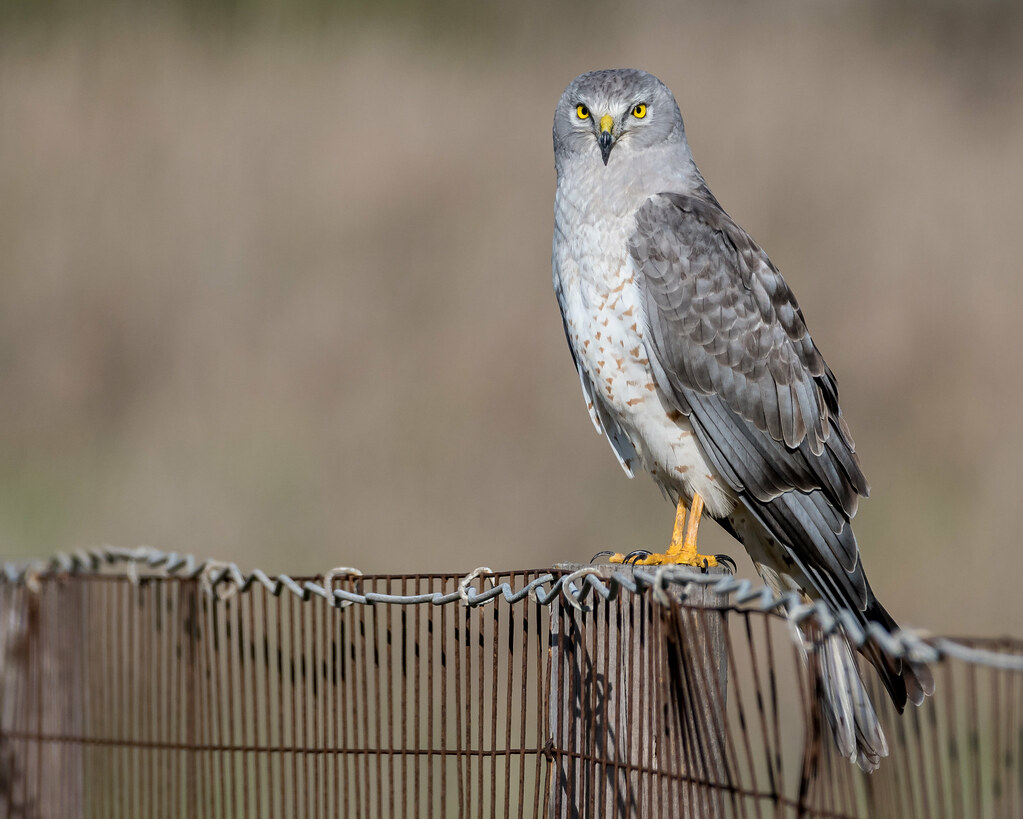
Gliding low over marshes and grasslands, the northern harrier is a raptor that relies on both keen eyesight and acute hearing to detect prey. Its flight is notably quiet, allowing it to surprise small mammals and birds. The owl-like facial disc of the northern harrier aids in directing sound to its ears, enhancing its hunting efficiency. This bird’s silent flight is a key adaptation for its ground-hugging hunting style.
The Eurasian Eagle-Owl: Europe’s Silent Sentinel
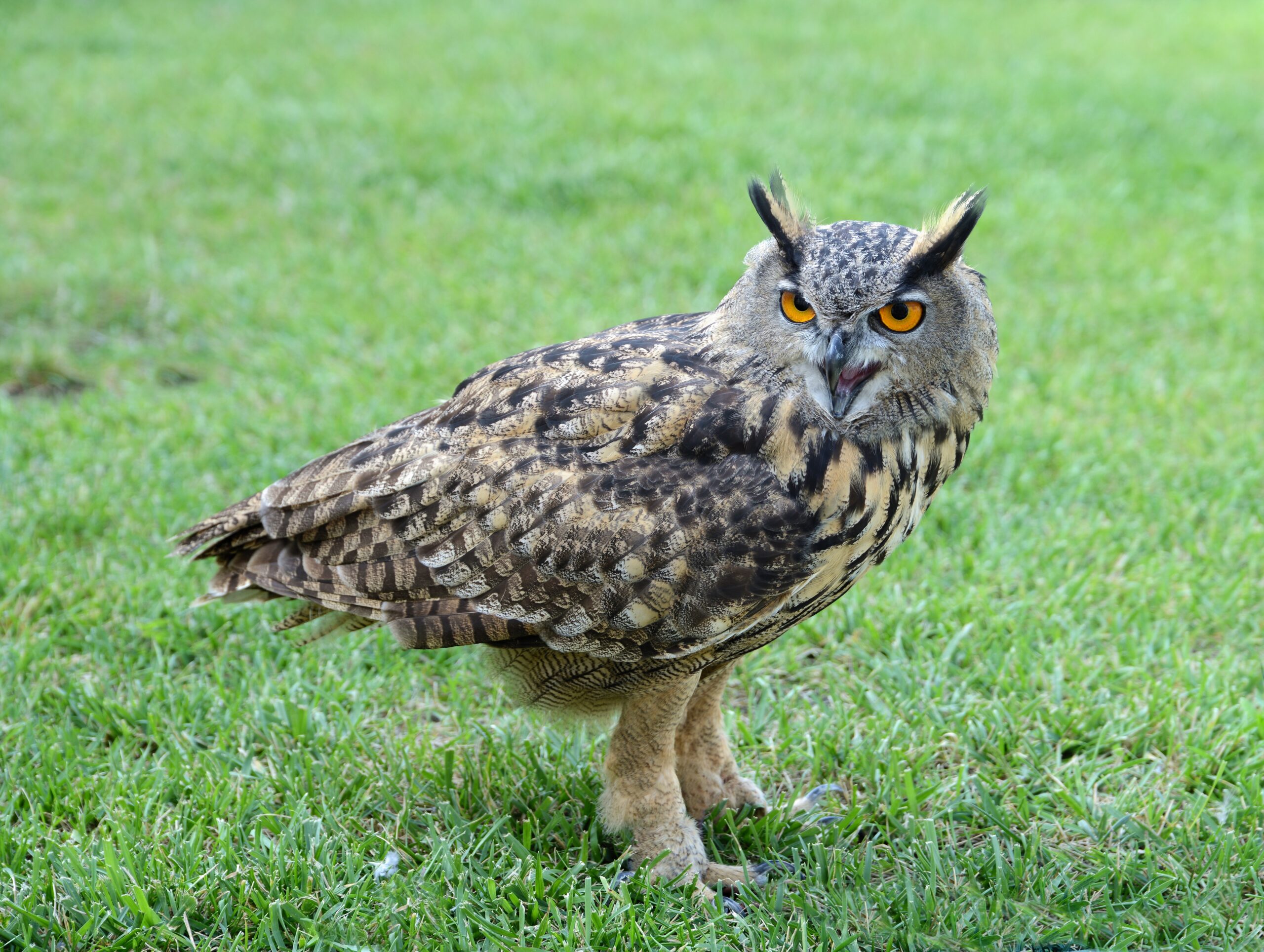
As one of the largest owls, the Eurasian eagle-owl possesses a wingspan that can reach up to 6.6 feet. Despite its size, it flies with remarkable silence, a trait that aids in hunting a diverse range of prey, including mammals and other birds. Its soft, fringed feathers minimize noise, allowing it to approach prey undetected. This silent flight is crucial for its success as a nocturnal predator across Europe and Asia.
The Snowy Owl: Arctic’s Silent Hunter
In the vast, open tundras of the Arctic, the snowy owl reigns supreme. Its large wings and soft feathers enable it to fly silently over the snow-covered landscape. This quiet flight is essential for hunting lemmings and other small mammals, which are abundant in its habitat. The snowy owl’s ability to approach prey without a sound is a testament to its adaptation to the harsh Arctic environment.
The Tawny Owl: Woodland Whisperer
Common in woodlands across Europe and parts of Asia, the tawny owl is known for its silent flight. Its broad wings and soft plumage allow it to glide through dense forests without making a sound. This stealth enables the tawny owl to hunt small mammals, birds, and insects effectively. Its silent approach is a key factor in its success as a nocturnal hunter.
The Long-Eared Owl: The Quiet Conqueror
With its distinctive ear tufts and slender build, the long-eared owl is a master of silent flight. Its wings are adapted to reduce noise, allowing it to hunt efficiently in open woodlands and grasslands. This owl’s quiet flight is crucial for catching small mammals and birds, as it relies on stealth to approach its prey. The long-eared owl’s silent hunting technique is a remarkable adaptation to its environment.
The Short-Eared Owl: Silent Skimmer of the Fields
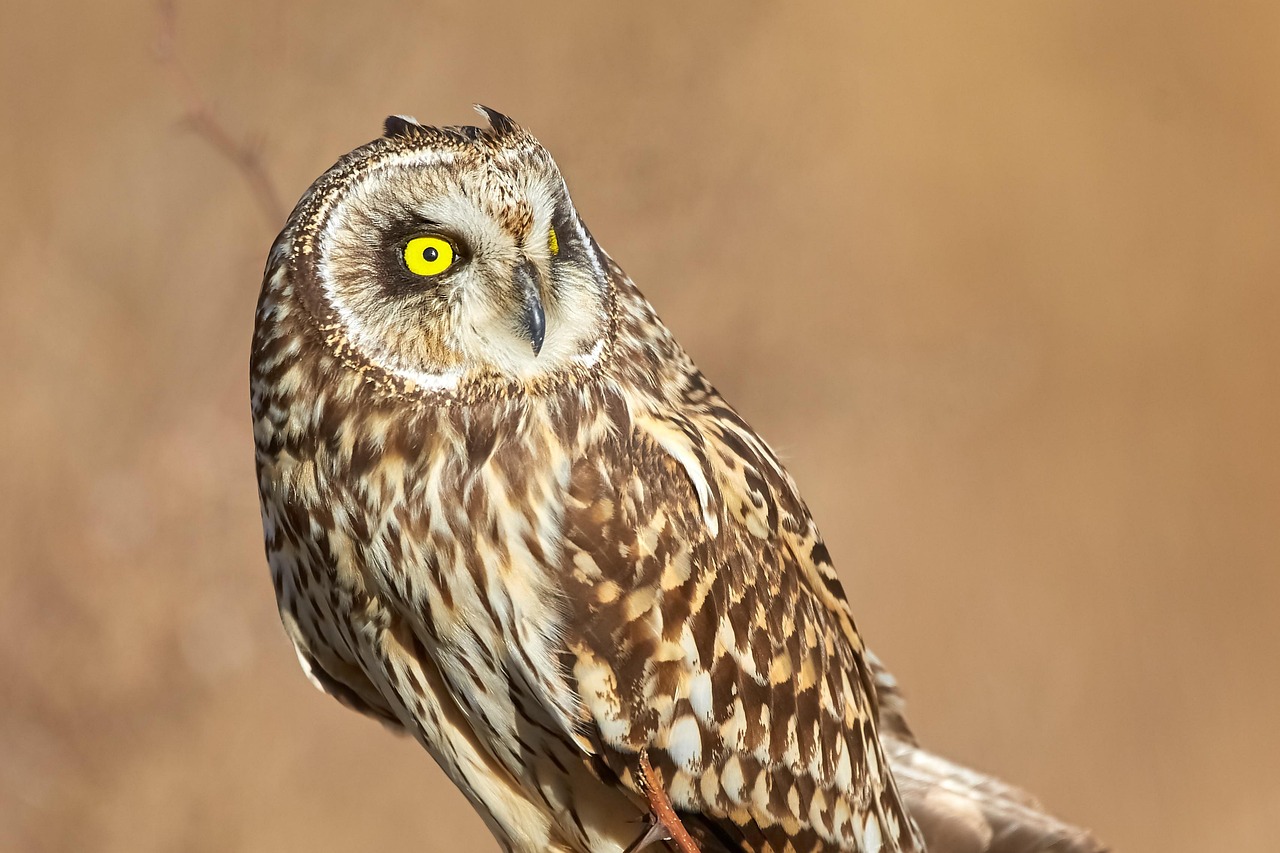
Often seen flying low over open fields and marshes, the short-eared owl is known for its silent flight. Its broad wings and soft feathers minimize noise, allowing it to surprise small mammals and birds. This owl’s quiet approach is essential for hunting in open habitats where cover is sparse. The short-eared owl’s silent flight is a key adaptation for its ground-hunting lifestyle.
These eight birds of prey exemplify nature’s ingenuity in crafting silent hunters. Their adaptations not only make them efficient predators but also highlight the incredible diversity of avian life. Next time you’re outdoors, keep an ear out—or rather, don’t—for these silent sentinels of the sky.
